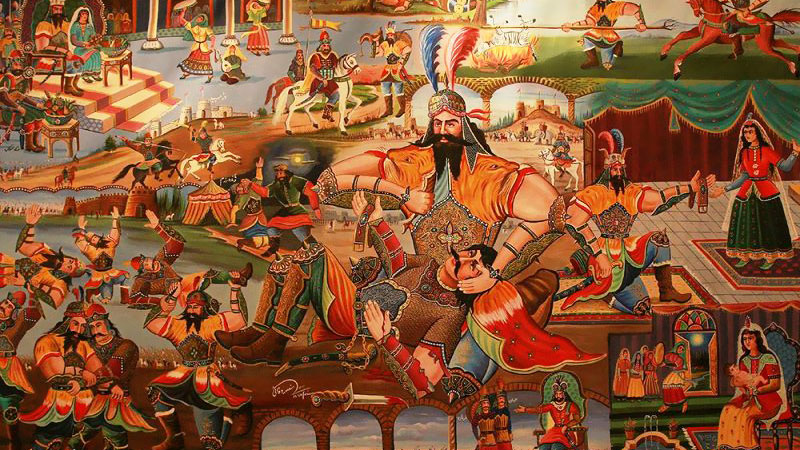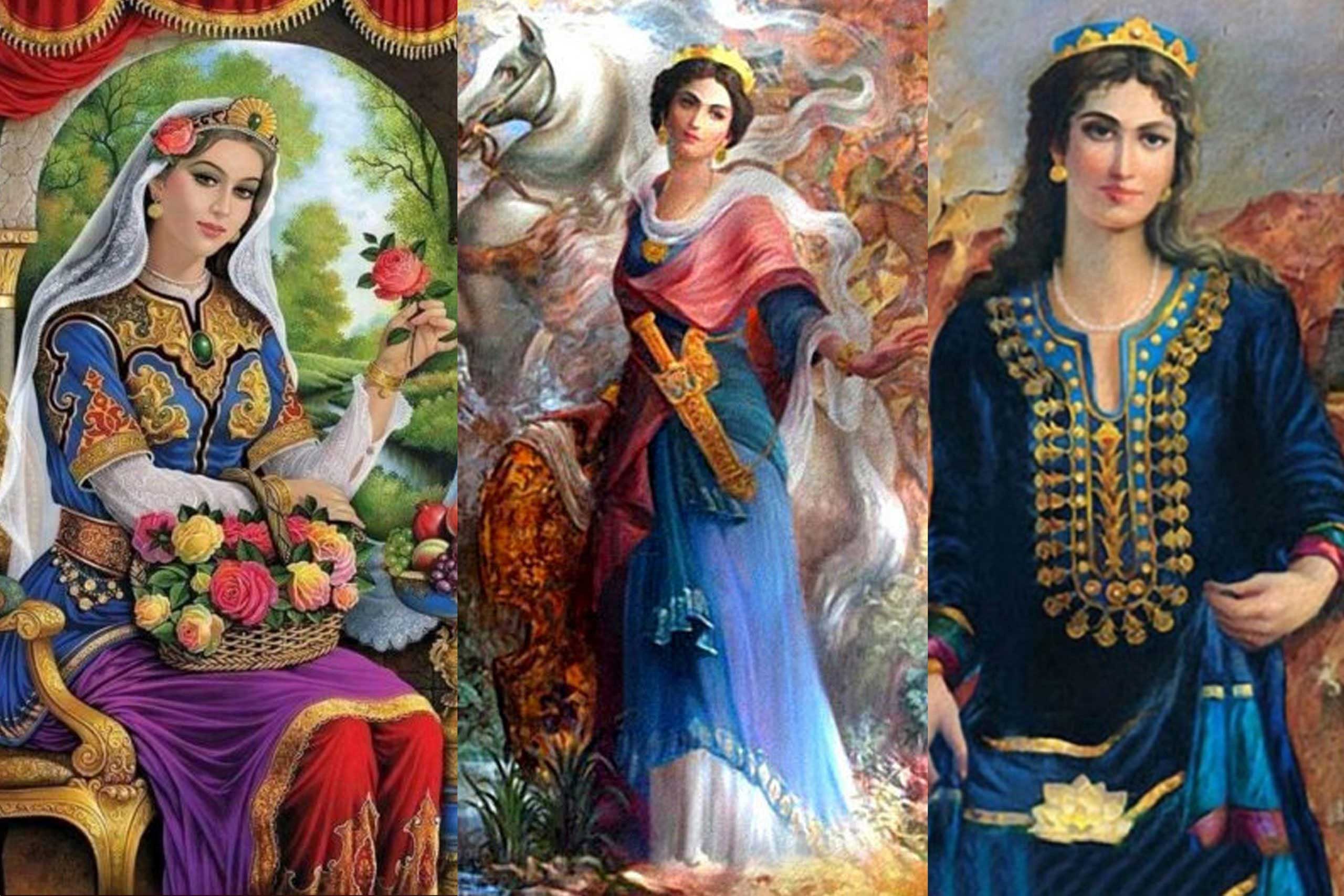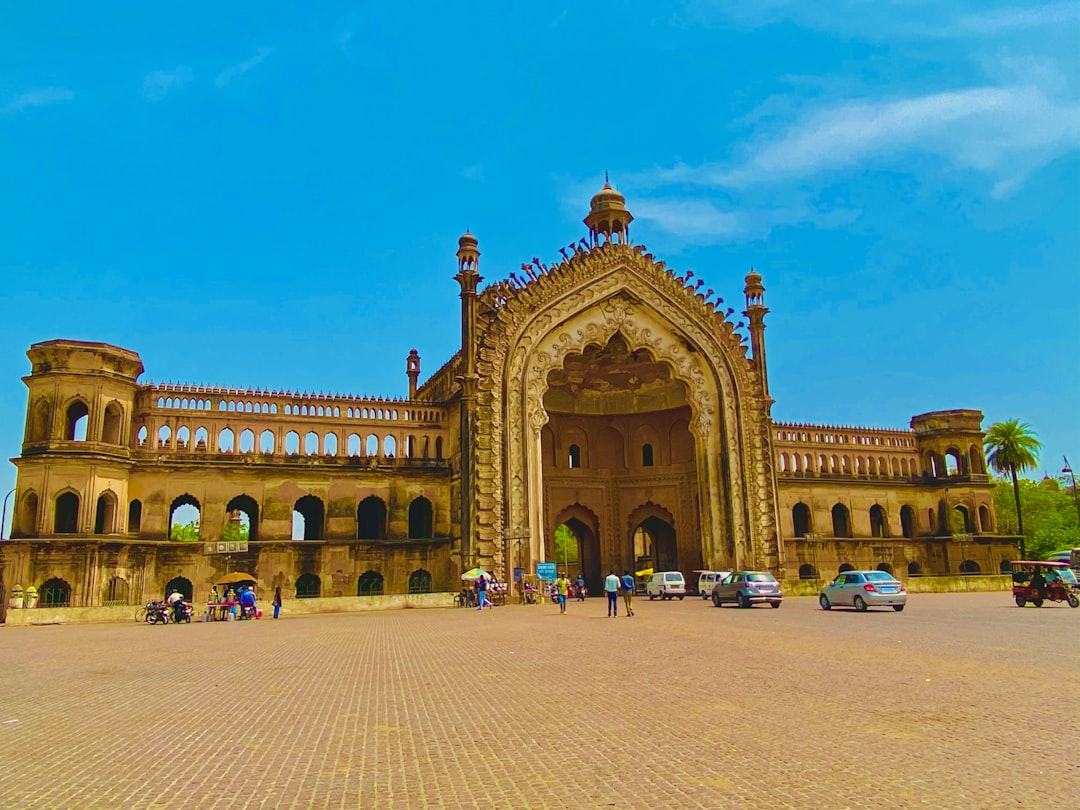Ferdowsi’s Shahnameh—the monumental “Book of Kings”—is often celebrated for its sweeping battles, heroic deeds, and the rise and fall of dynasties. Yet at its core lies an even deeper tension: the dance between fate (gharar) and free will (ikhtiyar). Do Ferdowsi’s heroes merely play out a script written by the stars, or do their choices truly shape their destinies? In this post, we’ll explore how the Shahnameh illuminates both the irresistible pull of destiny and the redemptive power of human agency.
1. The Language of Destiny in the Shahnameh
-
Khvarenah (Royal Glory): A divine force that underpins rightful kingship. This luminous “fortune” can be bestowed or withdrawn, and often heralds a character’s rise or fall.
-
Farr (Divine Mandate): Closely linked to Khvarenah, it reflects cosmic approval. When a ruler or hero acts unjustly, their farr dims, and disaster follows.
-
Prophecies and Omens: From dreams foretelling Sohrab’s fate to celestial portents before Esfandiyar’s final duel, signs from beyond human control punctuate the narrative.
These elements frame the Shahnameh as an epic where cosmic design is ever‑present. Yet, Ferdowsi never relegates his characters to mere puppets of destiny.
2. Fate’s Hand: Stories Written in the Heavens
2.1 The Tragedy of Rostam and Sohrab
Perhaps the most poignant illustration of fate’s inexorability. Despite every conceivable effort, neither father nor son recognizes the other until it’s too late. Sohrab’s youthful hope to reunite Persia and Turan collides with the tragic decree inscribed by the gods: his own death at Rostam’s hand.
2.2 Esfandiyar’s Ill‑Fated Quest
Prince Esfandiyar, favored by prophecy to conquer the world, nonetheless perishes when he defies earthly caution. Ordered by his father to vanquish Rostam, he ignores all warnings—believing in the invincibility of divine promise—only to be felled by Rostam’s cunning arrow.
2.3 Kay Kāvus and the Perils of Hubris
King Kay Kāvus repeatedly spurns sage counsel—whether launching an ill‑fated campaign against Mazandaran or attempting to capture the Simurgh. Celestial warnings go unheeded, pointing to the classic tragic pattern: destiny rushed toward by human arrogance.
3. The Realm of Free Will: Choices That Define Us
Despite these powerful currents of destiny, Ferdowsi lavishes attention on moral agency and ethical choice:
-
Rostam’s Mercy: Time and again, Rostam spares warriors who seek pardons—despite knowing that fate may yet doom them. His acts of compassion testify to deliberate moral decision‑making beyond any cosmic script.
-
Siyavash’s Integrity: Confronted with Queen Sudābeh’s advances, Prince Siyavash chooses exile over dishonor. His voluntary self‑imposed exile marks a free‑will stance that breaks him free from courtly intrigue, even as it steers him toward martyrdom.
-
Fereydun’s Fairness: Having overturned the tyrant Zahhāk, Fereydun willingly divides his kingdom among his sons—an exercise of personal judgment that nonetheless sows the seeds of future discord.
These moments underscore that, while fate sets the stage, characters continuously write their own lines.
4. Bridging the Divide: Ferdowsi’s Moral Philosophy
Ferdowsi does not present fate and free will as mutually exclusive. Instead, he weaves them into a single moral tapestry:
-
Destiny as Framework, Not Prison: Fate outlines the broad contours—birth, lineage, ultimate mortality—but within those lines, individuals navigate choices that affect honor, legacy, and even the texture of history.
-
Ethics as the True Measure: Divine favor (Khvarenah) remains linked to justice. When heroes or kings act with integrity, they sustain their glory; when they stray through hubris or cruelty, they accelerate their downfall.
-
Human Responsibility: Even under heavy winds of destiny, characters bear moral responsibility. Tragic outcomes—like Sohrab’s death—do not exculpate Rostam’s moment of wrath, nor Sohrab’s decision to fight an unknown opponent.
5. Why It Matters Today
-
Navigating Modern Predicaments: In an age of technological inevitabilities and global challenges, the Shahnameh reminds us that, while some forces lie beyond control, our ethical choices still shape collective destiny.
-
Cultivating Moral Agency: Just as Rostam’s mercies and Siyavash’s honor define their legacies, our acts of compassion and integrity resonate far beyond immediate results.
-
Embracing Life’s Paradoxes: Recognizing the interplay between fate and free will can foster humility—acknowledging constraints—and courage—owning our capacity to act.
Conclusion
In the Epic of Kings, Ferdowsi paints destiny as both a mighty river and a guiding current. It carries his heroes toward their fated ends, yet within its flow they carve paths of mercy, honor, and choice. By marrying cosmic design with human agency, the Shahnameh offers a timeless meditation: our lives may be bounded by fate’s shores, but it is our free will that charts the voyage—and defines the legends we leave behind.





